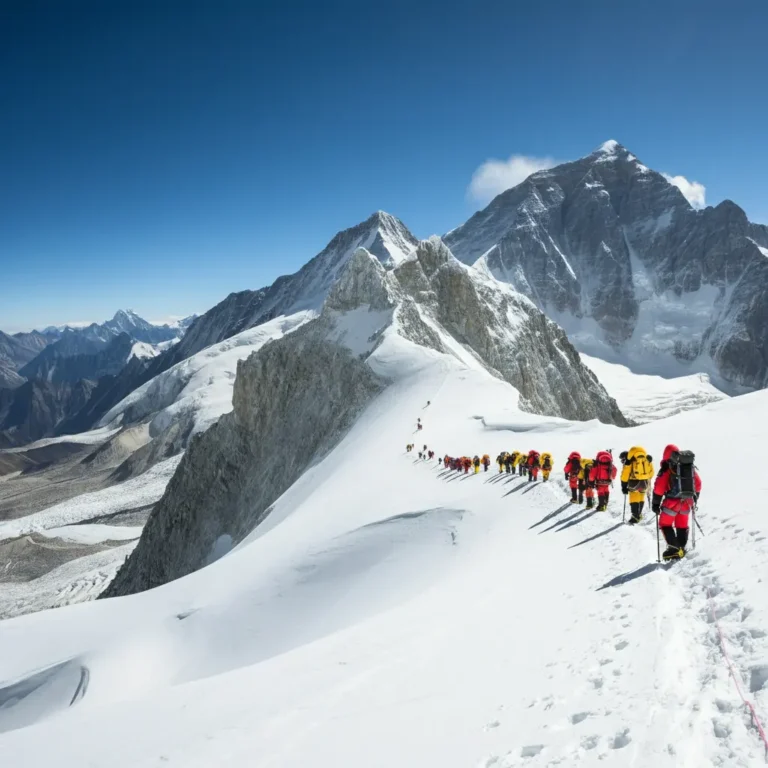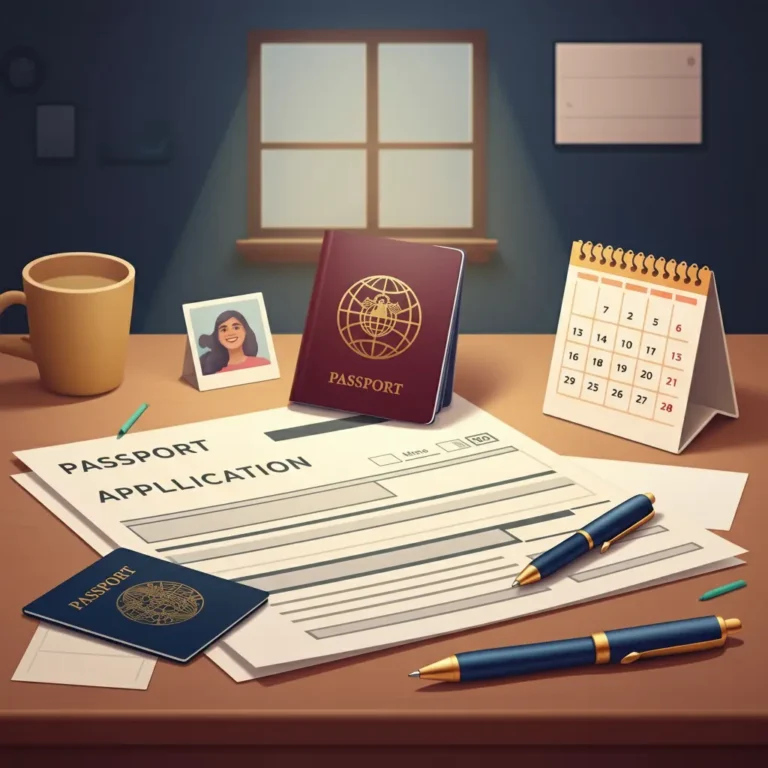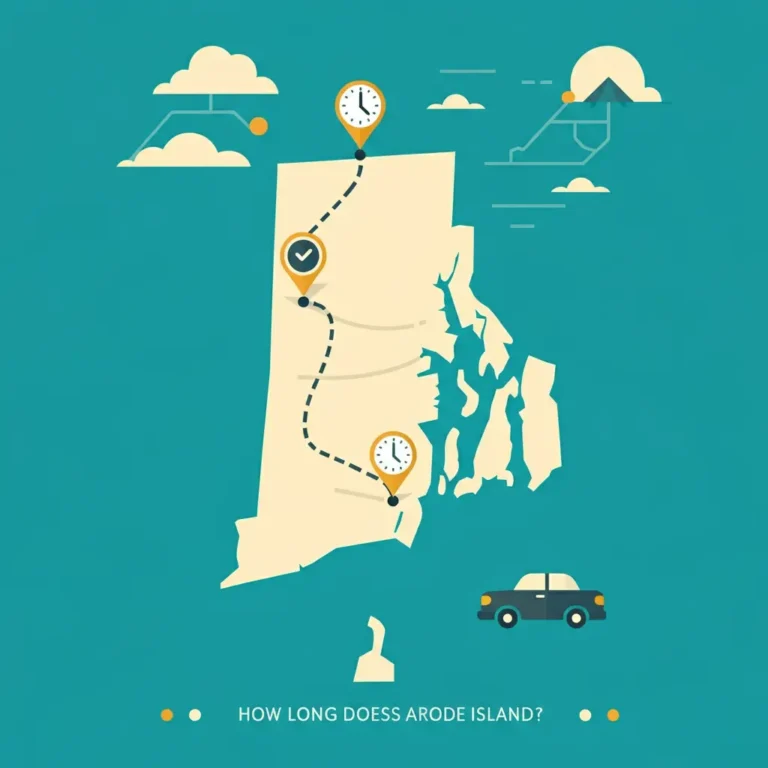How Long Does It Take to Drive Across Texas
Texas, the Lone Star State, is famous for its size, culture, and diverse geography. Covering over 268,000 square miles, driving across Texas can feel like an endless adventure—or challenge, depending on your perspective. Whether planning a road trip for leisure or just passing through en route to your next destination, understanding how long it takes to drive across Texas is essential for effective planning.
This guide offers everything you need to know about crossing Texas by car, from route options to travel tips, some charming scenic stops, and practical information that will make your drive across this vast state unforgettable.
Table of Contents
Overview of Texas Travel Distances
Texas is massive, second only to Alaska regarding land area in the United States. To put its size into perspective, driving across the state could take longer than driving from some smaller states to entirely different ones. The longest continuous route, stretching from El Paso in the far west to Texarkana in the northeast, crosses 800+ miles of highway and takes roughly 12 to 14 hours, depending on stops and traffic.
Another popular drive is from the northernmost town of Texline to the southernmost city of Brownsville, clocking in at approximately 900 miles and taking around 14 hours of non-stop traveling. Given its vastness, it’s no surprise that each drive across Texas can feel like an adventure.
Popular Routes Across Texas
East to West Routes
The most commonly used east-to-west highways include:
- Interstate 10 (I-10): Known as the southernmost transcontinental highway, I-10 starts near the Texas-Louisiana border and goes to El Paso. This 880-mile stretch is one of the longest routes to cross the state.
- Interstate 20 (I-20): Often selected by travelers from Dallas heading westward, I-20 bypasses Austin and the southern route, making it a more direct option.
- Interstate 40 (I-40): This northern option crosses the Texas Panhandle. It is shorter but lacks the scenic variety of I-10.
North to South Routes
For those driving vertically, here are notable options:
- Interstate 35 (I-35): This busy highway connects the border towns of Laredo (near Mexico) to Dallas and then onward toward Oklahoma. It’s one of the most frequent north-south routes.
- USUSUSUS Highway 83: Ideal for more rural scenery, this route offers a quieter alternative through less busy towns and stunning landscapes.
Each route has distinct pros and cons regarding travel time, traffic, and scenery.
Driving Time Across Major Routes
Here’s a quick breakdown of estimated driving times across Texas:
Route
Distance
Driving Time
El Paso to Texarkana (I-10): 814 miles, 12–14 hours
Texline to Brownsville:900 miles, 14–16 hours
Beaumont to El Paso: 790 miles, 11–12 hours
Amarillo to Laredo: 590 miles, 9–10 hours
These durations assume non-stop driving at highway speeds, with minimal delays for traffic or rest stops.
Factors Affecting Travel Time
- Traffic: Major metro areas like Dallas, Houston, and San Antonio can introduce significant delays, particularly during rush hours.
- Weather: Texas is known for extreme weather conditions, from blistering summer heat and flash floods to icy roads in the winter.
- Road Construction: Highways like I-10 often have construction zones that may lead to detours or slower speeds.
- Speed Limits: While some highways in rural West Texas allow speeds of up to 80 mph, others cap speeds at 65 mph in busier areas.
- Stops: Frequent need for fuel, snacks, or rest can add hours to your trip.
Planning effectively allows you to mitigate delays and make the most of your drive.
Tips for Planning Your Texas Drive
- Start Early: Begin your day on the road as early as possible to maximize daylight and avoid traffic.
- Plan Stops Ahead: Use apps or maps to identify rest stops, gas stations, and eateries along your chosen route.
- Stay Hydrated: Keep water within reach to combat the heat, particularly in summer.
- Check Your Vehicle: Ensure your car is road-ready with proper tire pressure, a full gas tank, and a reliable GPS.
Having a backup route in mind is also smart in case of unexpected closures.
Scenic Stops to Explore
Texas offers unique attractions to make your drive more enjoyable:
- Big Bend National Park: A must-see spot along the southern route near I-10.
- Cadillac Ranch (Amarillo): Decorated cars sticking hood-first into the ground, perfect for photos.
- The Alamo: Experience Texas history in San Antonio.
- Padre Island National Seashore: Take a detour if you’re on the southern coast.
- Hill Country: Known for its rolling hills and vibrant wildflowers in the spring.
Prioritize sights depending on your interests and route.
Night Driving in Texas
Driving at night presents its own set of challenges in Texas:
- Deer Crossings: Large animals frequently roam near rural highways.
- Reduced Visibility: Many parts of Texas lack streetlights, so high beams and good headlights are essential.
- Lower Speed Limits: Follow nighttime speed limits to drive safely.
Schedule driving for daylight hours.
Essential Travel Supplies
- Snacks to avoid frequent stops
- A physical map as a backup to GPS
- First aid kit
- Travel pillows or blankets (for potential naps)
- An emergency roadside kit, especially for rural routes
Being prepared ensures a smoother experience.
Challenges of Driving Across Texas
The biggest challenges drivers face include:
- Fatigue: Break up the trip to avoid exhaustion.
- Heat Stress: Summer temperatures can exceed 100°F.
- Loneliness: Long stretches of remote highways in West Texas can feel isolating.
How to Break Up the Journey
Consider breaking down long trips into 2 or 3 days. For example:
- Day 1: Start in East Texas, resting in Austin or San Antonio.
- Day 2: Continue toward El Paso with stops at scenic overlooks or parks.
Seasonal Driving Considerations
- Spring: Ideal for seeing wildflowers, especially bluebonnets.
- Summer: Early starts are essential to beat the heat.
- Winter: Roads can get icy in the Panhandle.
- Fall: Best for fewer crowds and excellent weather.
FAQs About Driving Across the Lone Star State
How long does driving across Texas from east to west take?
Driving across Texas from east to west, such as from the Louisiana border to the New Mexico border along I-10, typically takes 11–12 hours without significant stops.
How long is the north-to-south drive in Texas?
Traveling from Texline (at the northern border) to Brownsville (at the southern border) spans about 900 miles and takes roughly 14–16 hours.
Can I drive across Texas in a single day?
It is possible to drive across Texas in one day, but it requires careful planning and minimal stops. For longer routes, expect to spend 12+ hours on the road.
What is the longest route to drive across Texas?
The route from Texarkana to El Paso is over 800 miles and one of the longest, taking approximately 12–14 hours.
What are the best highways for east-to-west travel?
Interstate 10 is the most popular east-to-west route. For those traveling further north, I-20 and I-40 are good alternatives.
Are there any scenic routes worth taking?
Yes, driving through the Texas Hill Country, Big Bend National Park, or along the Gulf Coast offers incredible scenic views.
What are the busiest highways to avoid?
Highways like I-35 (north-south) and I-10 (east-west) and metropolitan areas like Dallas, Austin, and Houston can experience heavy traffic, especially during peak hours.
How can I plan rest stops strategically?
Use tools like Google Maps to locate rest stops ahead of time. Major highways like I-10 and I-35 have several rest areas with bathrooms and food options.
What is the best time of day to start a long drive across Texas?
Early mornings are ideal during summer to maximize daylight, avoid traffic, and beat the heat.
How can I reduce fatigue while driving long distances?
Take frequent breaks, have multiple drivers to alternate, and stay hydrated. If you’re feeling drowsy, stop for a short nap or rest.





